The possibility to obtain work from nanomachines is a step closer to reality as scientists provide a quantitative framework describing interfacial interactions in a nanobiomolecular system.
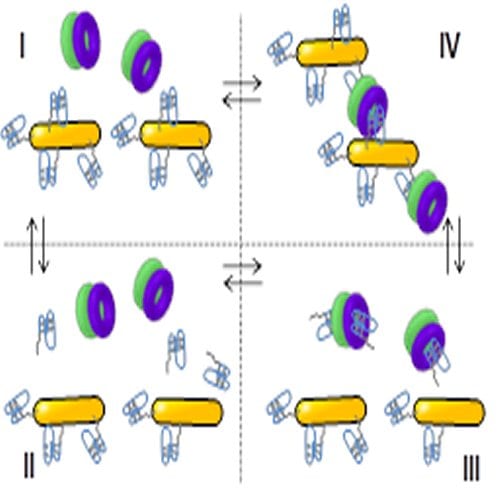

The possibility to obtain work from nanomachines is a step closer to reality as scientists provide a quantitative framework describing interfacial interactions in a nanobiomolecular system.
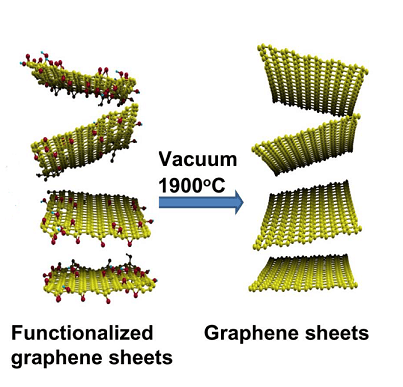
A new method to produce purer, more conductive graphene sheets has been developed by a Korean research team
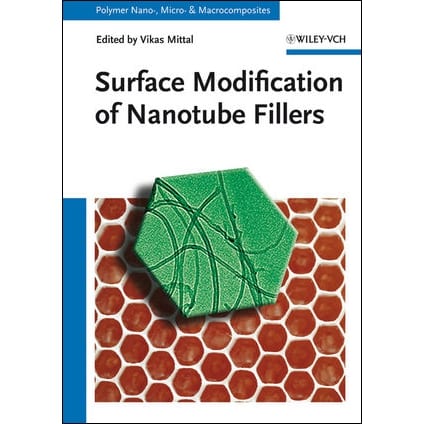
Professor Dmitri Golberg reviews the first volume of the new Polymer Nano, Micro- & Macrocomposites series, edited by Dr. Vikas Mittal.

Small changes can have a big effect; a very small change in molecular structure can have a profound controlling effect on the size of gold nanoparticle superstructures.

French researchers have coupled the excellent mechanical properties of zirconium and silicon carbide, in the first step to a high performance ceramic resistant to high temperatures in an oxidizing atmosphere.
Carbon nanotube-enzyme composite electrodes are applied in glucose biofuel cells.
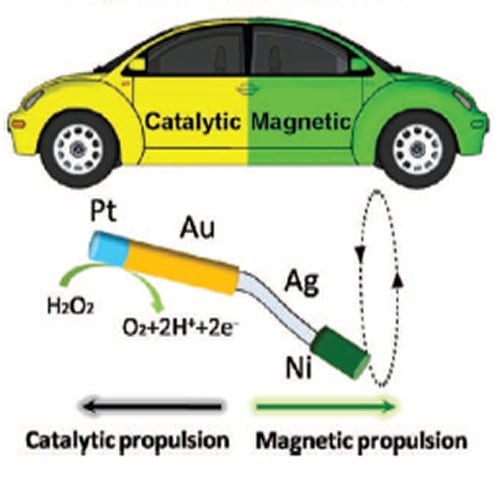
Scientists at University of California, San Diego, USA, led by Joseph Wang, have put together a multisegment nanomotor that contains components responsive to magnetic and to chemical stimuli.
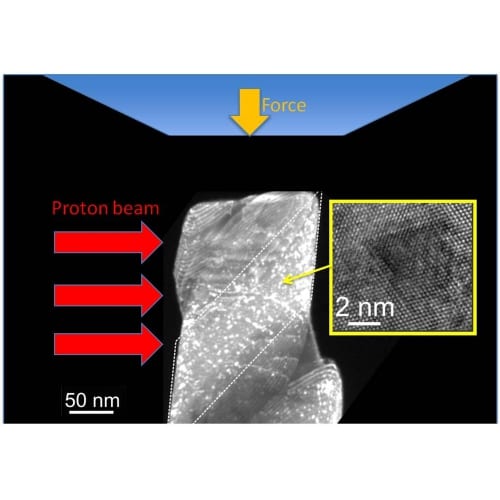
A new method for testing irradiated materials on the nanoscale could reduce the risk of a repeat of the recent events in Fukushima
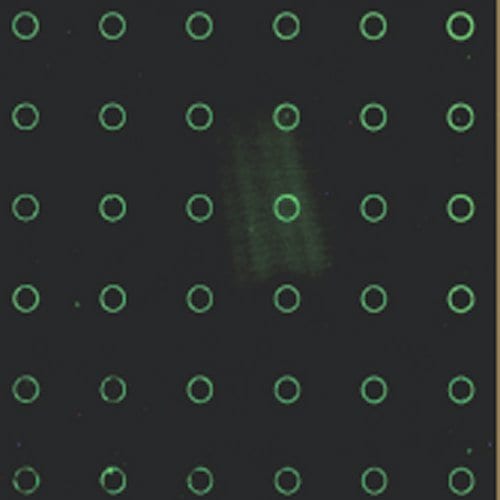
Ring-shaped arrays of DNA by using a simple self-assembly process driven by a balance of different forces, by scientists in the USA and S. Korea.

Jeffrey Moore and Scott White talk us through their newest publication, “Three-Dimensional Microvascular Fiber-Reinforced Composites”.